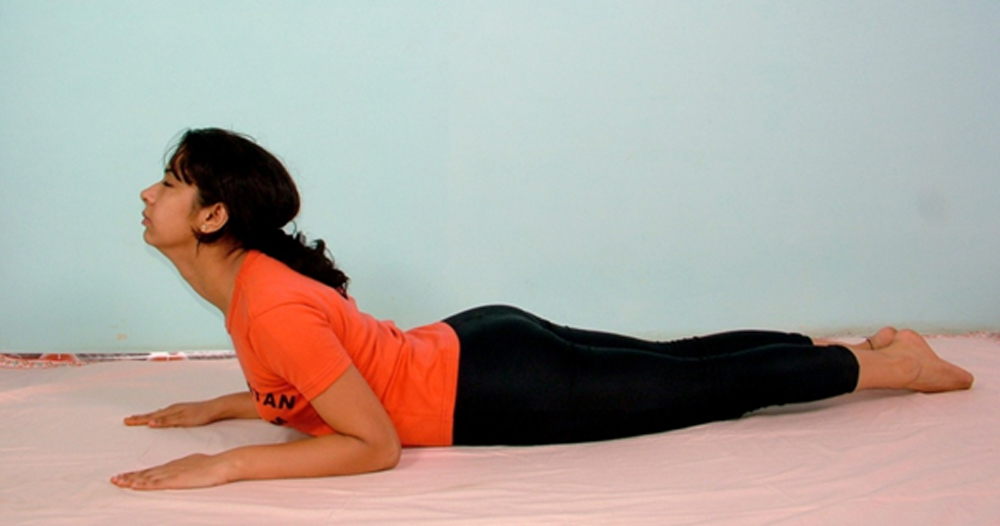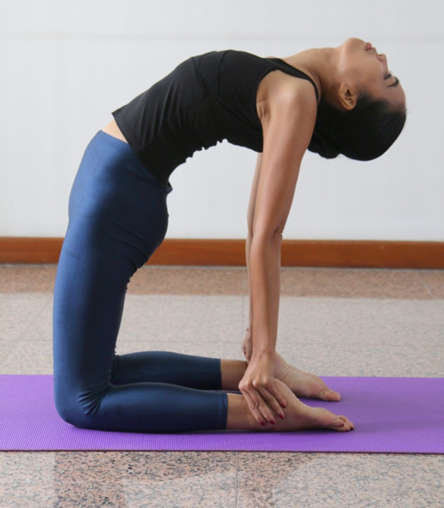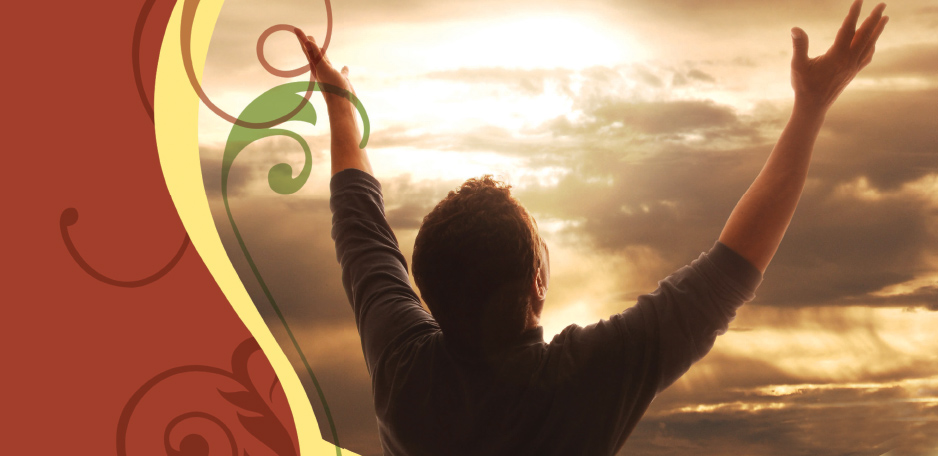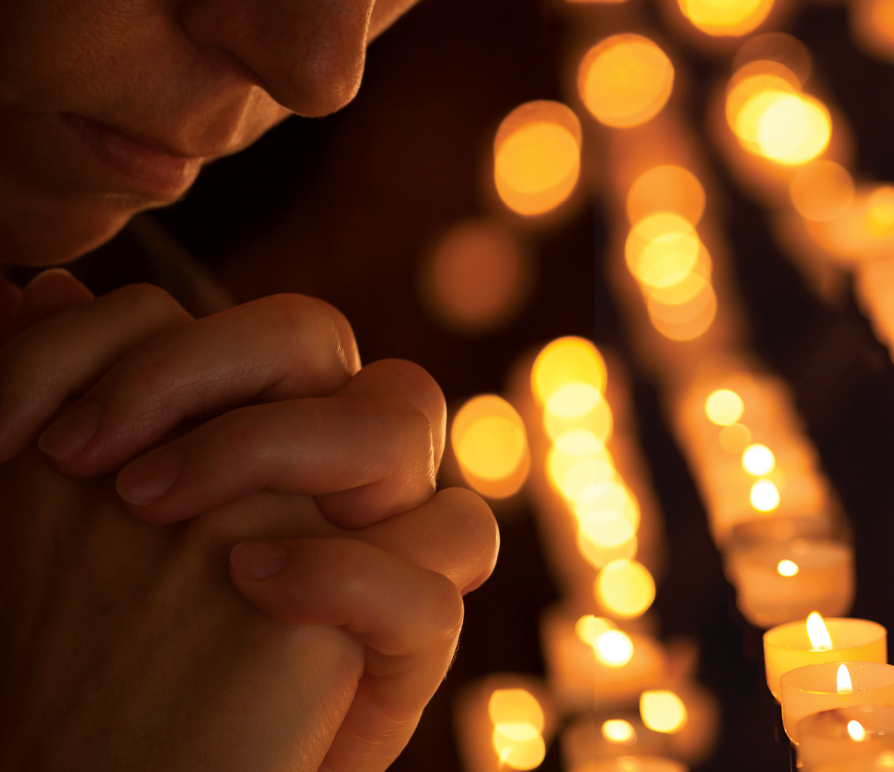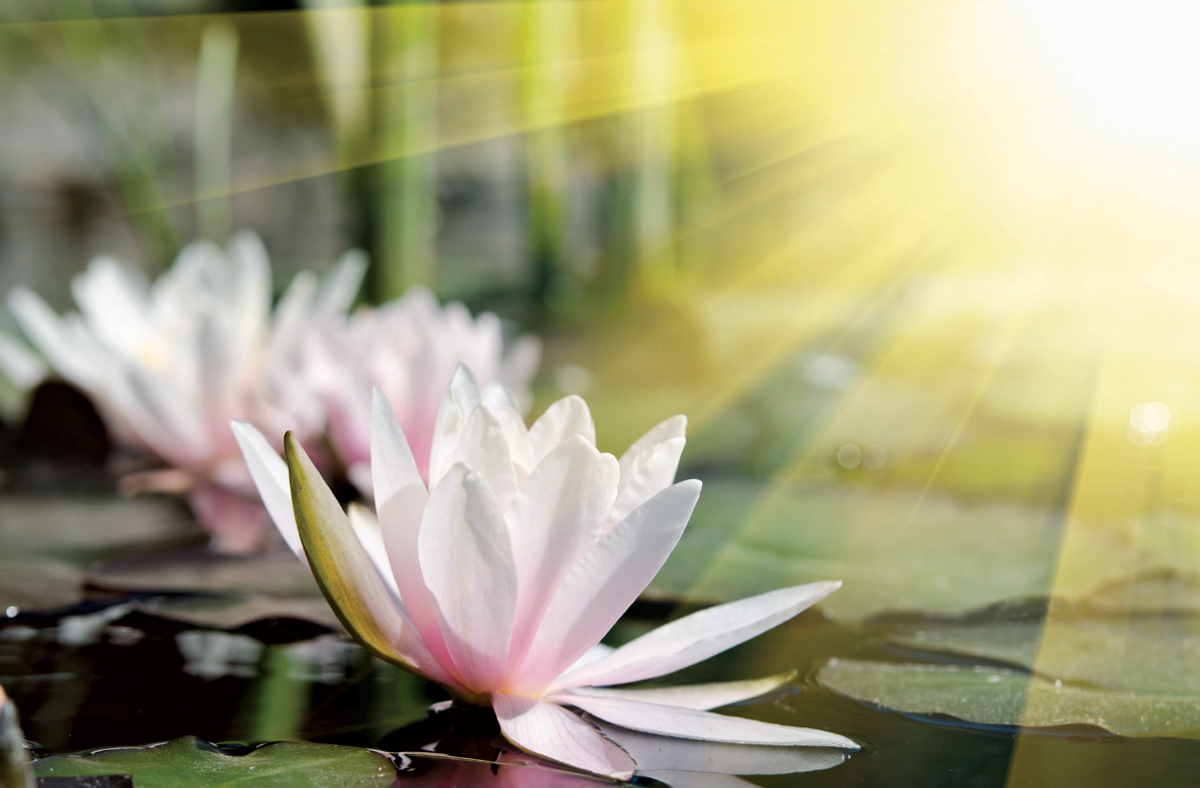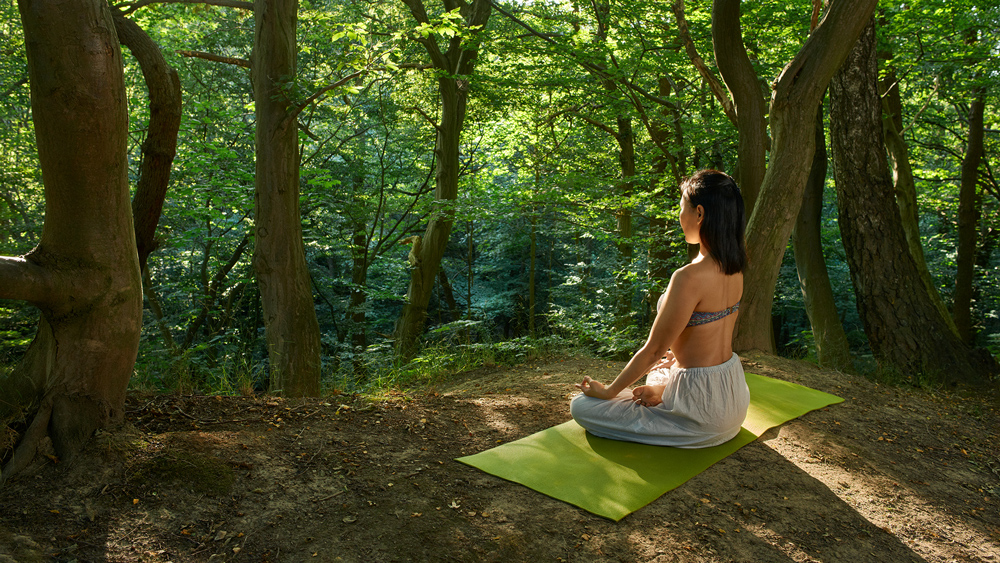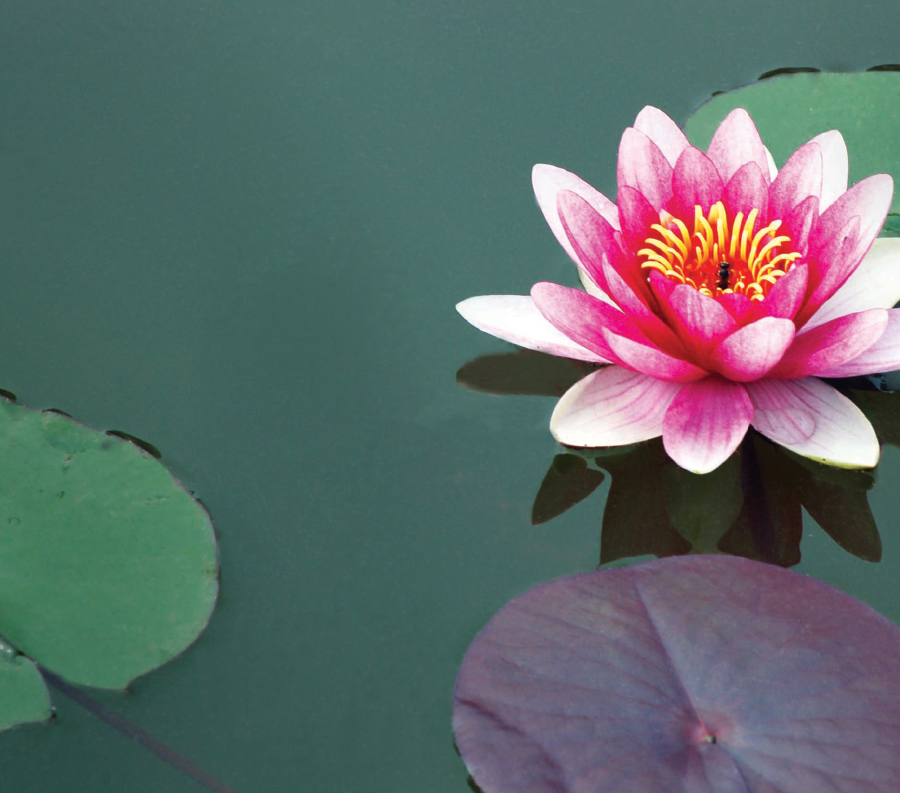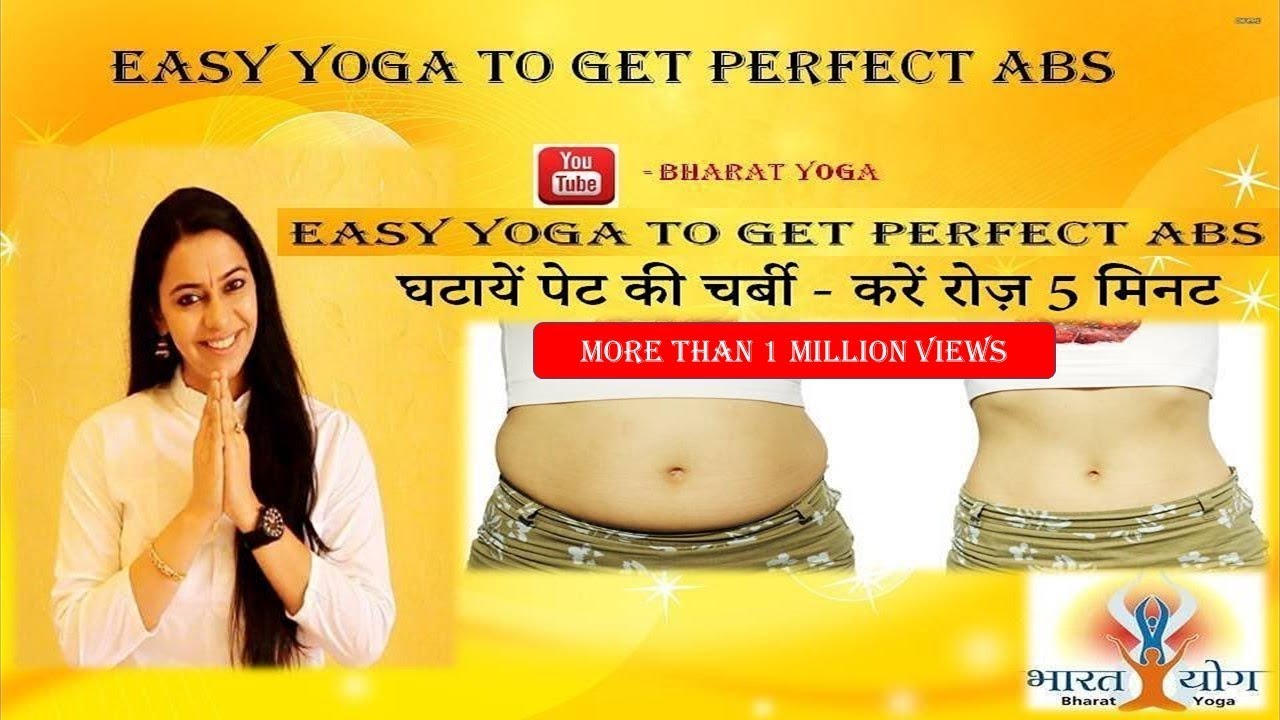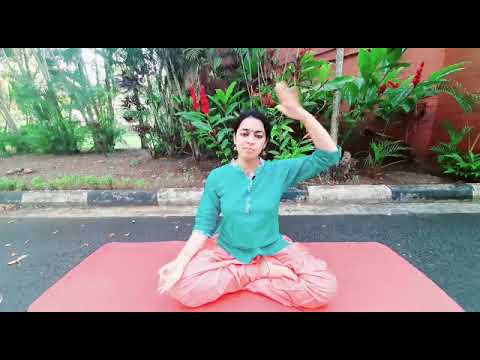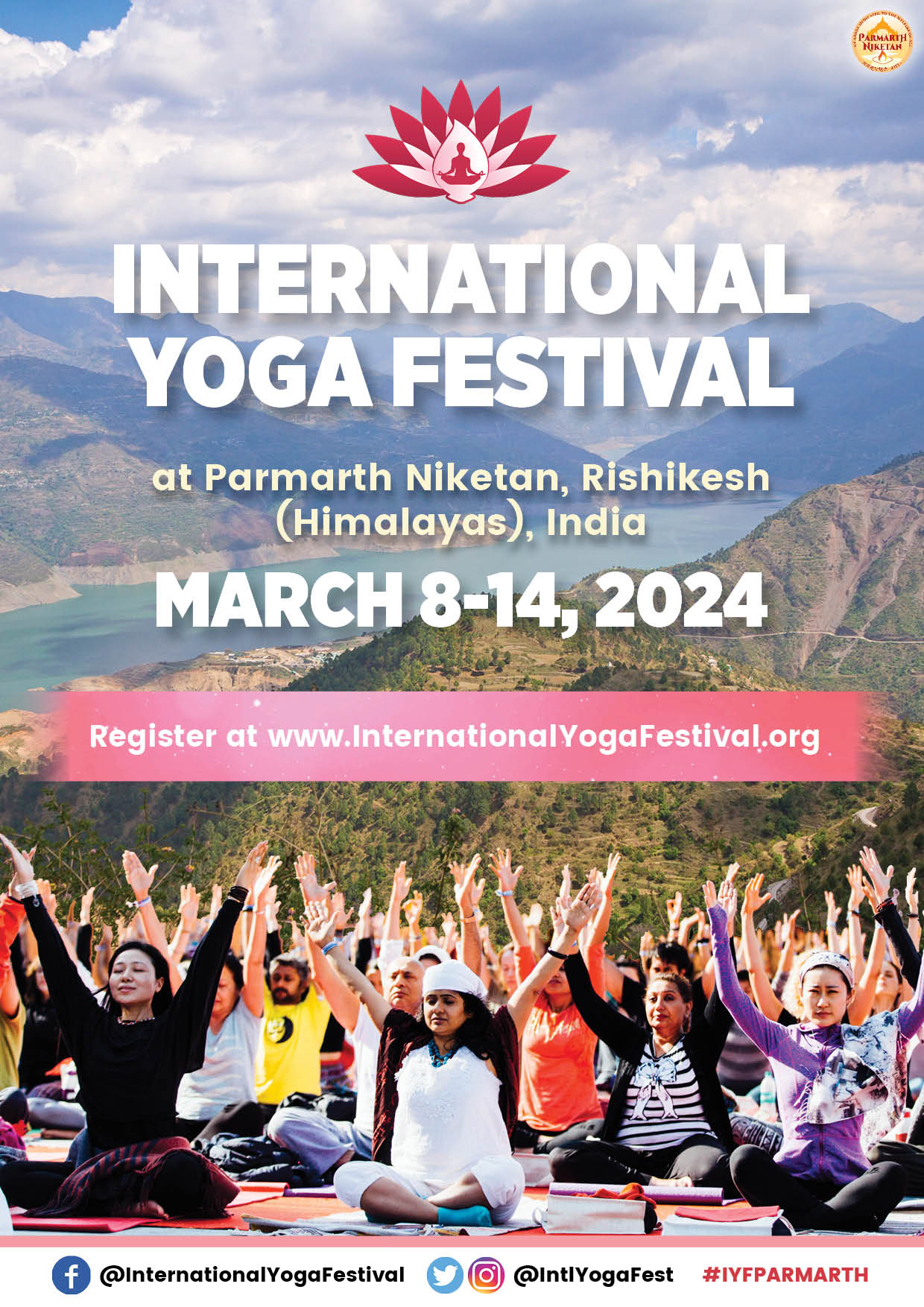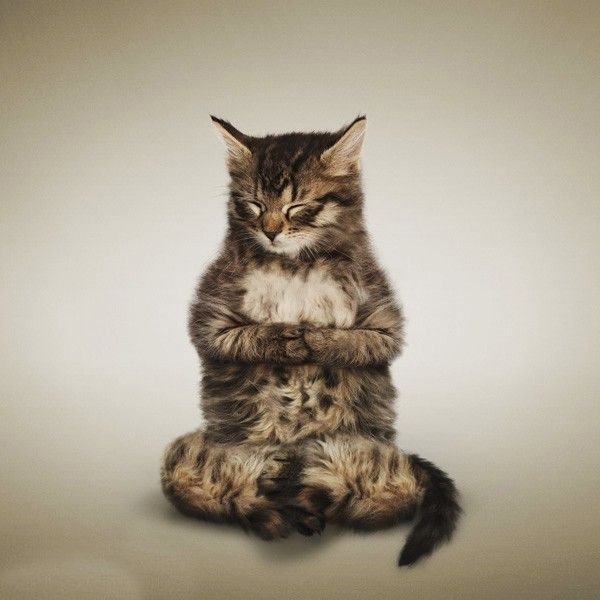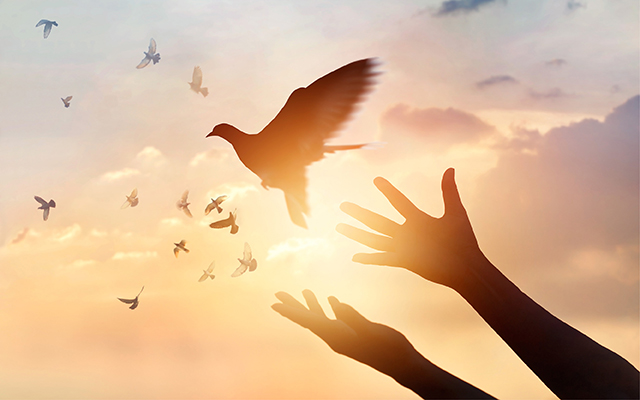To all teachers who have shared their wisdom, who have walked their talk, who have shared their hearts, and opened our minds and hearts to the practice of peace.
B.K.S. IYENGAR, one of the world’s greatest yoga masters, also considered the, “World’s Foremost Teacher,” left us several books on Yoga, and the one that has been noted as, “The Bible of Modern Yoga,” outlines, “with descriptions and illustrations of all postures and breathing techniques,” is indeed just that, a Bible for yogis.
Iyengar left behind in his lifetime an immunity yoga sequence to boost our immune system and in these precarious times with the words, “Stay safe and healthy,” in every news report and within commercials, as practicing yogi’s, we have the gift of yoga to help support us in maintaining an overall well being, of our minds, bodies, and spirits.
The sequence below is a modified version, to make it more accessible to all, as it was given to yoga students in Pune, India by Iyeangar when his school was closed due to the outbreak of a bitterly hostile flu. I’ve modified the postures to make it more accessible for beginner as well as advanced yogis.
If you have any health concerns about doing this practice, please consult with your doctor before attempting the yoga practice. All postures are to be practiced while breathing in and out of your nose, not through the mouth.
Uttanasana- Standing Forward Bend Pose
Stand with feet either hip distance apart, or if one is more flexible, stand with the feet side by side, folding the body over the legs, (with bent knees if needed) hands on the floor on each side of the foot. This posture is to be held for 5 minutes. If you’re unable to breathe and hold the posture for 5 minutes, then hold the postures for 5-7 breaths.
Adho Mukha Svanasana- Downward Facing Dog Pose
Downward Facing Dog is among the most frequently performed yoga postures. It stretches and strengthens the entire body. Begin on your hands and knees, with your hands aligned under shoulders and your knees under your hips. Then tuck your toes under and walk your hands forward about a palm’s distance in front of your shoulders. With toes and hands planted lift your hips and straighten your legs, drawing your heels towards the floor. Press your chest forward toward your thighs, head between your arms, lengthen up through your tailbone, with thighs slightly internally rotated, with a neutral pelvis, gazing between your feet or towards your navel. Hold the posture for 5 minutes, or for at least 5-10 breaths.
Prasarita Padottanasana- Wide Legged Forward Bend Pose
Wide-Legged Forward Bend is a wonderful stretch for the hamstrings and spine. This posture is also known for calming the mind and the body. Stand with feet parallel, 3-4 feet apart. On inhalation lengthen the spine, on exhalation hinge forward from the hips, until your palms reach the floor with your fingers pointing forward, walk your hands back until they are in line with your heels. Bring the crown of your head toward the floor, lifting your shoulders toward your ears. Find an internal rotation of the thighs, tailbone on the floor, as your sitting bones move toward the ceiling. Hold for 3 minutes, or 5-10 breaths. Avoid rounding your back in order to touch the floor, use blocks, or a stack of books, under each hand to keep a long spine, and avoid locking your knees; weight should be in the balls of the feet, rather than sinking into the heels.
Sarvangasana- Shoulder Stand Pose
Iyengar referred to Shoulder Stand as the Queen or Mother of all postures. It calms the mind and body, cools the body, increases circulation, strengthens the upper back, shoulders, and neck, while toning the legs and buttocks. If you have neck issues, refrain from doing this posture. Avoid turning the head while in this posture and over-tucking your chin to your chest.
Lie on your back with your arms extended along the sides of your body, bend your knees into your chest, curl the tailbone, and hips, off of the floor, as you roll your legs behind you into Plough pose, extending your legs behind your head, so that they are straight, with toes tucked under. Externally rotate your shoulders further beneath your back, to gain more support from your shoulders, bend your elbows, drawing them toward each other, placing your palms on your lower back, fingers pointing toward the ceiling. Either simultaneously or one at a time, raise your legs upward, perpendicular to the floor, with toes directly above the hips. Hold the posture for 10 minutes if you’re an advanced practitioner, 5 minutes for intermediate, or 30 seconds for the beginner yogi.
Viparita Karani- Legs Up The Wall Pose
This is a restorative posture that calms the nervous system, as your feet and legs are raised upon the wall, blood circulates to the heart. It is often referred to as, “Heart Vacation,” posture, as the heart does not have to work as hard as usual to pump the blood as it is being supplied with a fresh supply of blood. This posture is also good for those experiencing swelling around the ankles, and is a deeply relaxing posture for the nervous system.
Take a seat on the floor, next to a wall, lie on your side, scooting your buttocks close to the wall as possible. Once the buttocks are close, or touching the wall, then turn to lie on your back, then straighten or extend your legs upward to rest on the wall, with the back of the heels on the wall and the soles of your feet facing the ceiling. Arms rest by the side, with palms facing toward the ceiling. Close your eyes and hold the posture for 5 minutes, or 5-10 breaths. When coming out of the posture, bend the knees, roll over onto your side, and allow the blood flow to re-circulate for 5-10 breaths before moving onto the next posture.
Savasana- Corpse Pose
It is often said that Savasana is the most important posture of all in a yoga practice, as it is the posture of complete absorption, and the time the body receives the full benefit from the previous postures practiced before it. It is a time for relaxing all the muscles in the body, and requires total surrender and quietening of the body and mind. I often tell my yoga students, if they have trouble quietening the mind, to simply allow the energy of the body to go wherever it needs, rather than trying to control the thoughts. It is a time of simple absorption, and allowing the body, mind, spirit to feel a sense of peace. The most important aspect of this posture is to find the most comfortable position within the posture. If you have lower back discomfort, place a rolled up blanket under your knees, and if you have difficulty relaxing the mind, place an eye mask over your eyes. It is important for the body to not be touching anything, and making sure your body is positioned equally; avoid being asymmetrically positioned.
Lie on your back, letting your arms release outward from your sides far enough from your body for your arm pits to have space, relax your hands and turn your palms upward toward the ceiling. Separate your legs so that your lower back releases, allowing your legs, feet, and ankles to relax completely. Draw the tailbone toward your heels to create lengthening in the lower back. Make three audible sighs to release any remaining tension in the body, then soften your jaw and tongue, close your eyes, and begin to breathe quietly.
Relax in this posture for 5-7 minutes. This posture calms the body, encourages relaxation, decreases depression, reduces anxiety, headaches, and insomnia, and helps to treat high blood pressure.
If you are pregnant, do not lie on your back, but rather lie on your left side, in a comfortable foetal position.
To transition out of the posture, place your palms on your belly to bring back your breath awareness, inhale and exhale deeply, then start to wiggle your fingers and toes, small movements, to bring back body awareness, then circle your wrists and ankles, then roll over onto your side into a comfortable foetal position for 5 breaths, then roll up to a comfortable seated position, with the head coming up last, then slowly open your eyes, or sit in a seated meditation, or prayer.
This immunity yoga sequence, inspired by the great yoga master, Iyengar, is aimed to keep your immunity strong and bring peace to your mind, body, and spirit.

